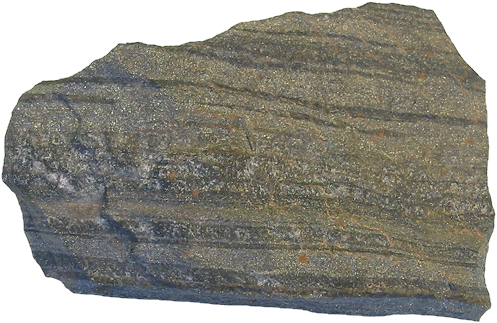|
Damtshaa Diamond Mine
The Damtshaa diamond mine is a diamond mine located in Botswana about 220 km (137 miles) west of the city of Francistown. Damtshaa, meaning "water for a tortoise", is owned by Debswana, a partnership between the De Beers company, Aquarius Global Resources and the government of Botswana. It is the newest of four mines operated by the company, officially opening on October 25, 2003. Damtshaa is of open pit construction, located on top of four distinct kimberlite pipes of varying ore grade. The mine is forecast to produce about 5 million carats (1,000 kg) of diamond from 39 million tons of ore over the projected 31 year life of the mine. In 2003, the Damtshaa mine produced 292,000 carats (58.4 kg). Recovered ore grade averages about 0.6 carats (12 mg) per metric ton. The ore produced at Damtshaa is processed at a processing plant at its sister mine, the Orapa diamond mine, about distant. The Damtshaa mine is also managed from the Orapa mine, and i ... [...More Info...] [...Related Items...] OR: [Wikipedia] [Google] [Baidu] |
Debswana
Debswana Diamond Company Limited, or simply Debswana, is a mining company located in Botswana, and is the world's leading producer of diamonds by value. Debswana operates four diamond mines in the eastern and central parts of Botswana, as well as a coal mine. Debswana is a joint venture between the government of Botswana and the South African diamond company De Beers; each party owns 50 percent of the company. Mines The mines owned and operated by Debswana are: *Diamond mines: **Orapa diamond mine, opened in 1971 **Letlhakane diamond mine, opened in 1975 **Jwaneng diamond mine, opened in 1982 **Damtshaa diamond mine, opened in 2003 *Coal mine: **Morupule Colliery, opened in 1973 History Debswana was formed as the De Beers Botswana Mining Company on the 23rd of June 1968, after De Beers geologists identified diamond-bearing deposits at Orapa in the 1960s. Over the next five years, the government of Botswana increased its ownership stake from an original 15 percent to 50 percent. ... [...More Info...] [...Related Items...] OR: [Wikipedia] [Google] [Baidu] |
Ore Grade
Ore is natural rock or sediment that contains one or more valuable minerals, typically containing metals, that can be mined, treated and sold at a profit.Encyclopædia Britannica. "Ore". Encyclopædia Britannica Online. Retrieved 7 April 2021Neuendorf, K.K.E., Mehl, J.P., Jr., and Jackson, J.A., eds., 2011, Glossary of Geology: American Geological Institute, 799 p. Ore is extracted from the earth through mining and treated or refined, often via smelting, to extract the valuable metals or minerals. The ''grade'' of ore refers to the concentration of the desired material it contains. The value of the metals or minerals a rock contains must be weighed against the cost of extraction to determine whether it is of sufficiently high grade to be worth mining, and is therefore considered an ore. Minerals of interest are generally oxides, sulfides, silicates, or native metals such as copper or gold. Ores must be processed to extract the elements of interest from the waste rock. Ore ... [...More Info...] [...Related Items...] OR: [Wikipedia] [Google] [Baidu] |
Diatremes Of Botswana
A diatreme, sometimes known as a maar-diatreme volcano, is a volcanic pipe formed by a gaseous explosion. When magma rises up through a crack in Earth's crust and makes contact with a shallow body of groundwater, rapid expansion of heated water vapor and volcanic gases can cause a series of explosions. A relatively shallow crater (known as a ''maar A maar is a broad, low-relief volcanic crater caused by a phreatomagmatic eruption (an explosion which occurs when groundwater comes into contact with hot lava or magma). A maar characteristically fills with water to form a relatively shallow ...'') is left, and a rock-filled fracture (the actual diatreme) in the crust. Diatremes breach the surface and produce a steep, inverted cone shape. The term ''diatreme'' has been applied more generally to any concave body of broken rock formed by explosive or hydrostatic forces, whether or not it is related to volcanism. The word comes . Global distribution Maar-diatreme volcan ... [...More Info...] [...Related Items...] OR: [Wikipedia] [Google] [Baidu] |

